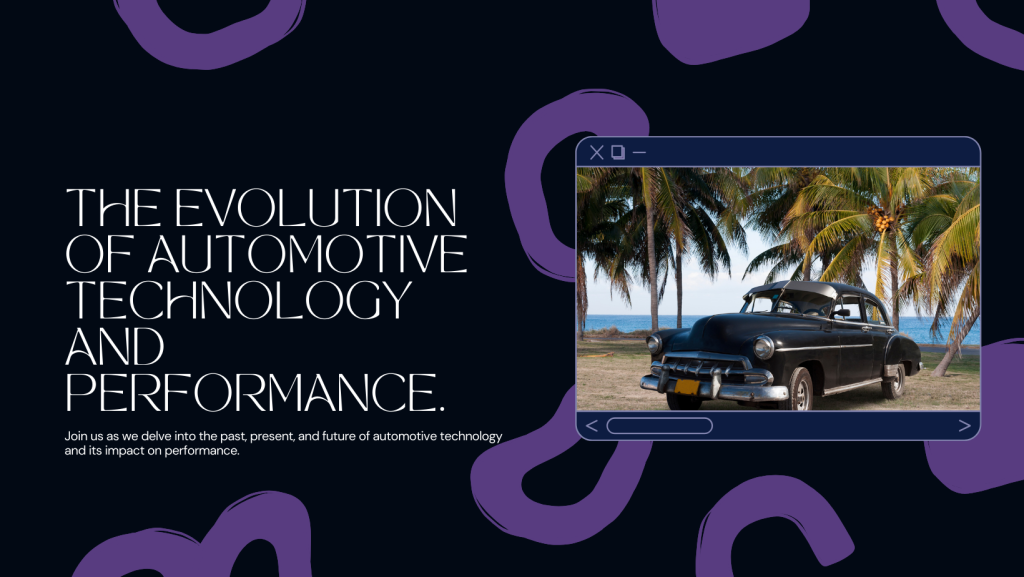Since the earliest days of motorized transportation, the automotive industry has advanced significantly in terms of performance, efficiency, and safety thanks to technological and engineering breakthroughs. The amazing advancements that have been made and the fascinating opportunities that still lie ahead are brought to light when comparing cars from the past to those from the future.
Older cars were distinguished by their reliance on gasoline or diesel-powered internal combustion engines. Although these engines were ground-breaking when they were introduced, they were also wasteful and detrimental to the environment since they released pollutants like nitrogen oxides and carbon dioxide. Early cars were also more likely to be involved in accidents because they lacked many of the safety features and driver support systems seen in modern cars.
On the other hand, cutting-edge technologies like autonomous driving systems and electric propulsion power today’s automobiles. Compared to conventional internal combustion engine vehicles, electric vehicles (EVs) have several advantages, such as lower emissions, cheaper maintenance, and quieter operation. Furthermore, with the promise of safer roads, less traffic, and greater mobility for everybody, autonomous driving technology has the ability to completely change the way we think about transportation.
Though they might provide previously unheard-of levels of efficiency and performance, the automobiles of the future also beg concerns about the direction of automotive culture and the driver’s position. Will driving become obsolete as driverless technology develops, or will it transform into new kinds of leisure and recreation?

